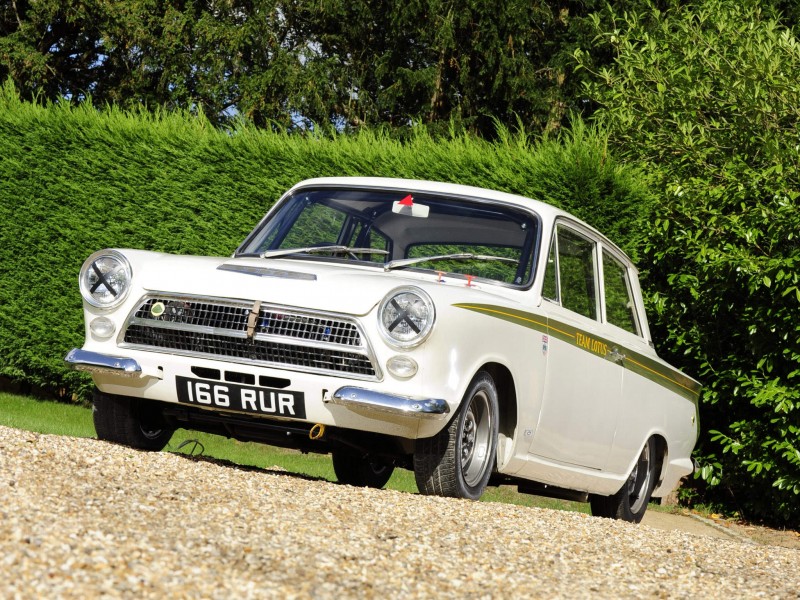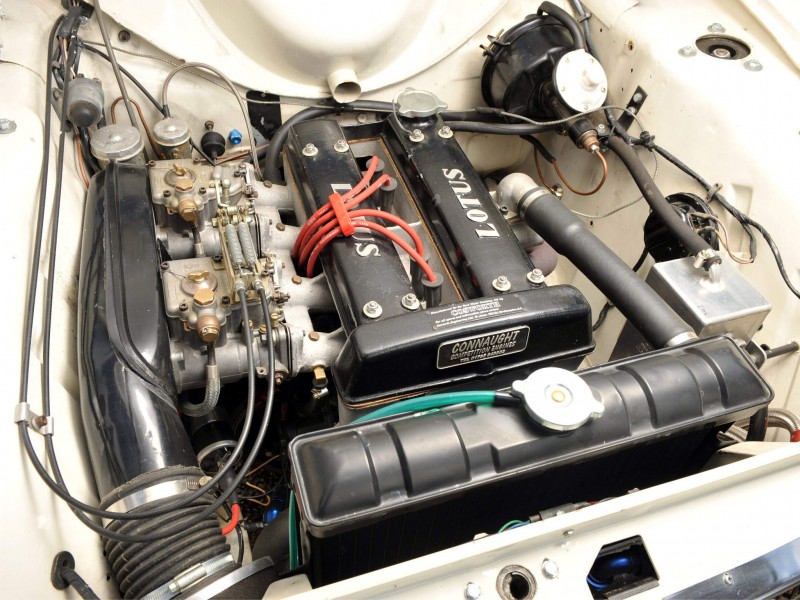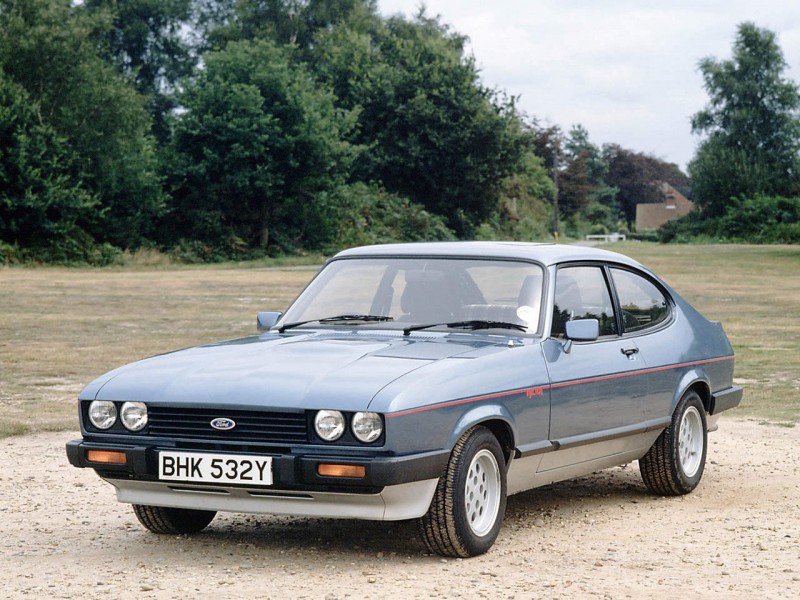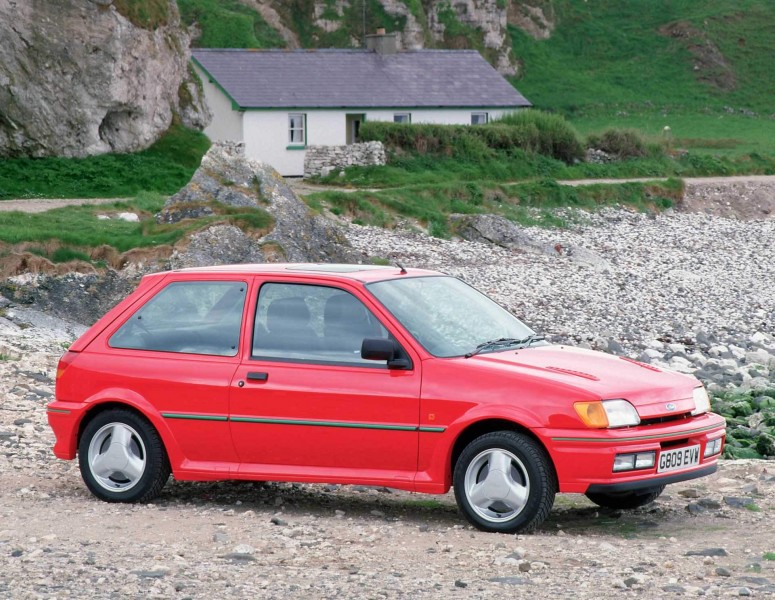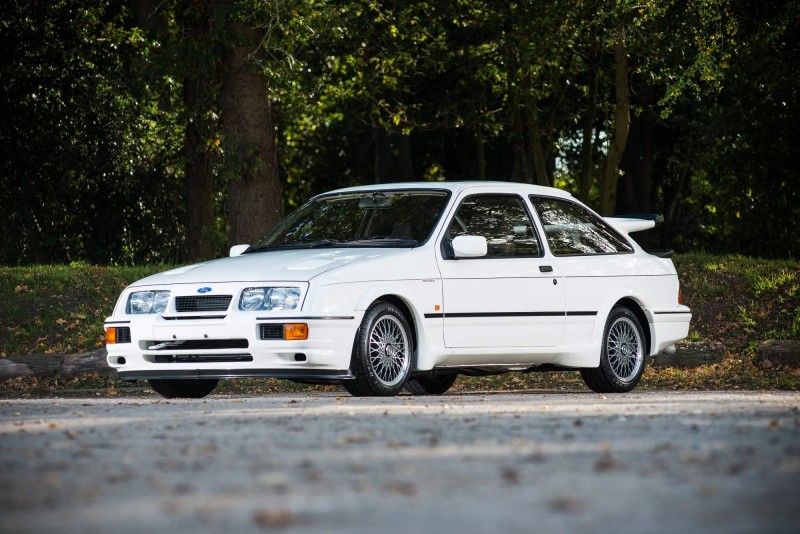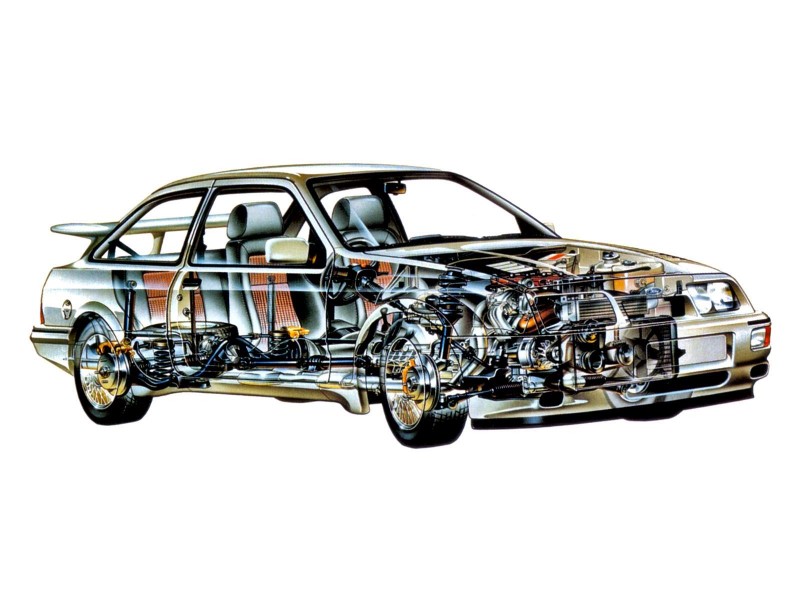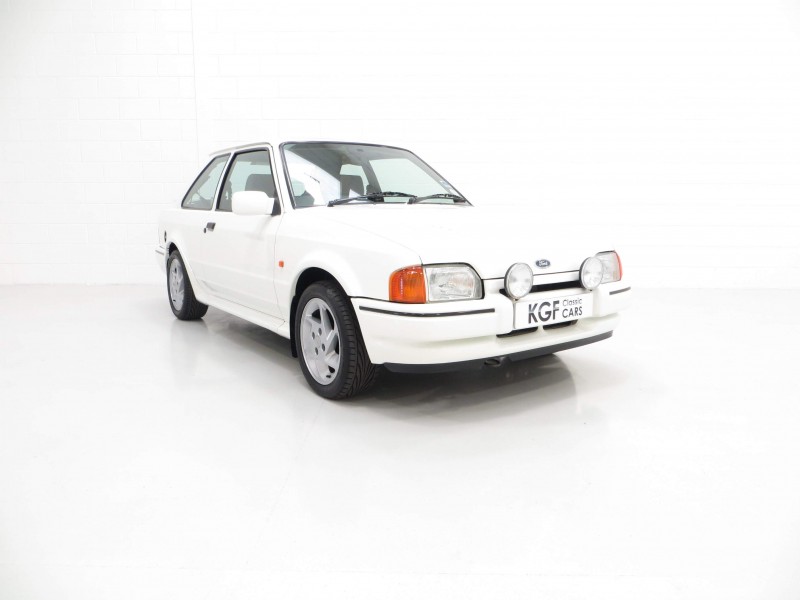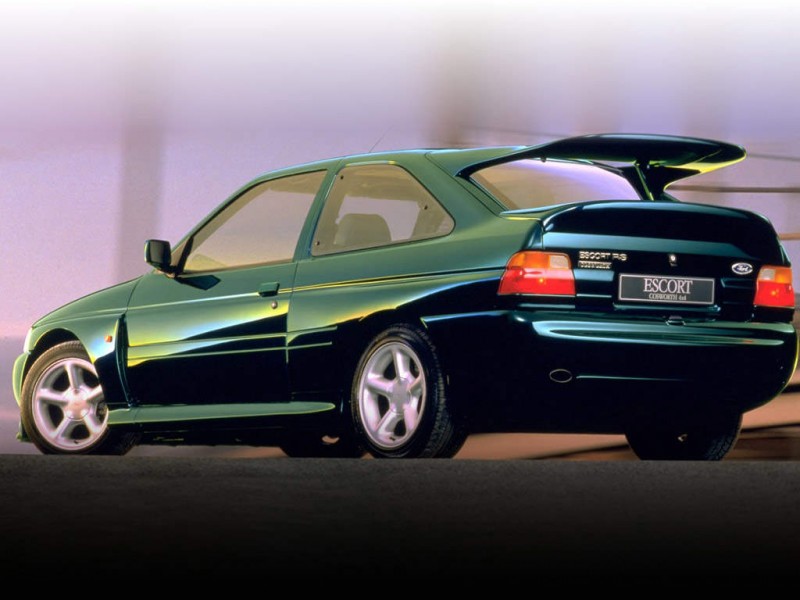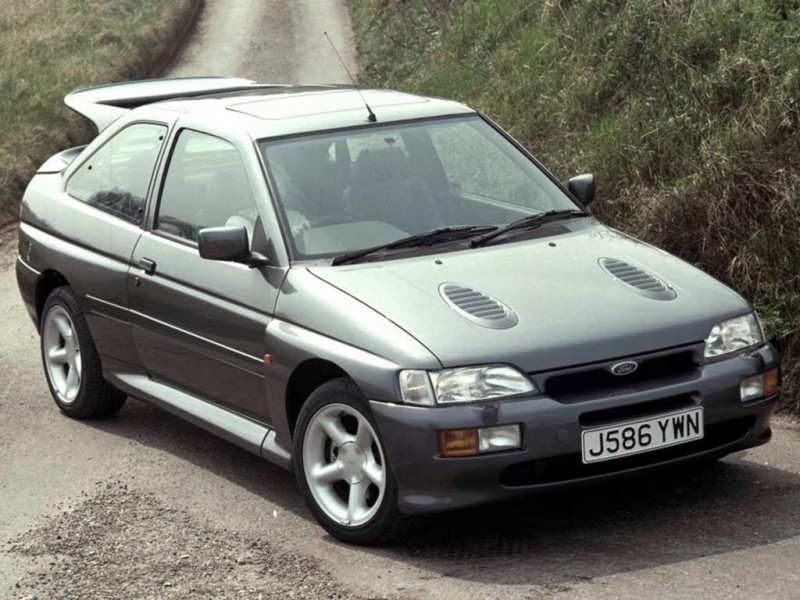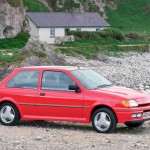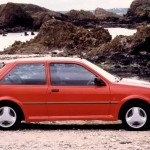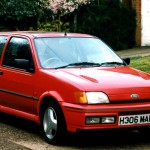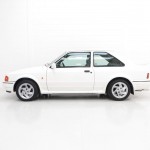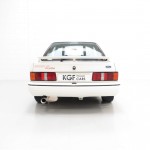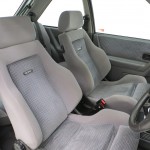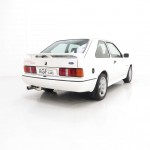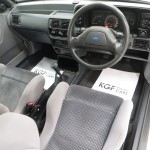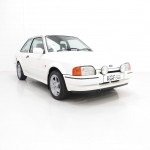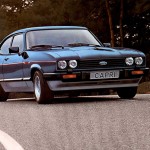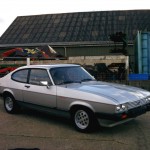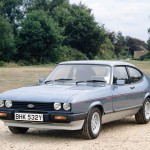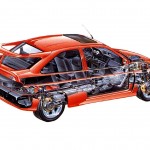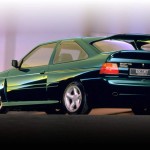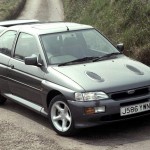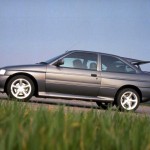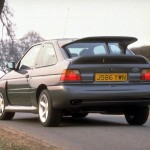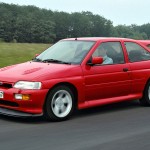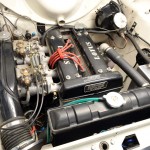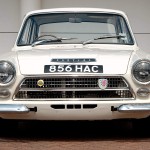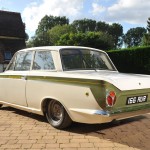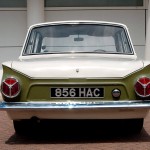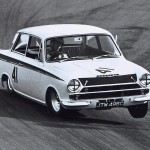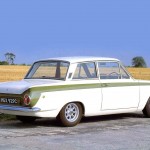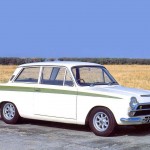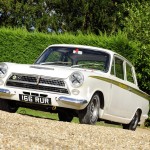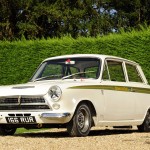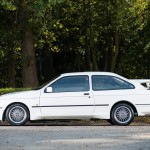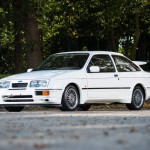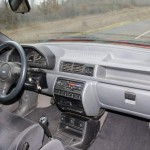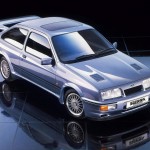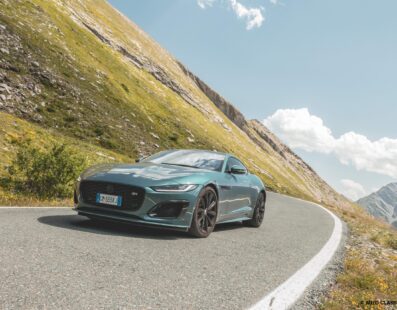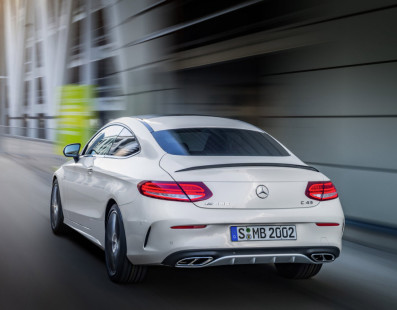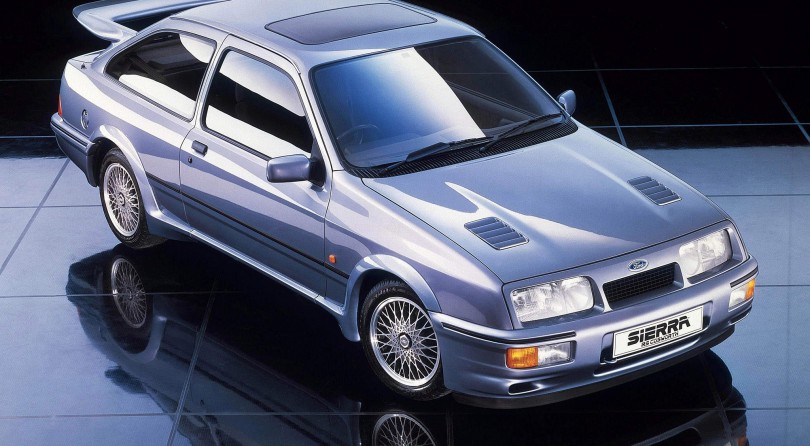
Fast Ford | 6 Models Still Able To Bite Some Tarmac
FAST FORD | 6 MODELS STILL ABLE TO BITE SOME TARMAC
Words Carlo Brema / Photos Credits go to the respective authors
The automotive world is dotted with stories and adventures of those pioneers who have indelibly carved their name into a legacy passed down through entire generations. Looking back at the time when cars came to life as noisy, expensive and unreliable objects, almost destined to have no future, after more than a century, its success and indispensability have made it one of the fundamental way to fully enjoy the concept of freedom and movement. In reality, a good part of users still see it as a simple tool to move quickly from one point to another, but for those like us, engineers and designers have providentially created sports cars that were able to accelerate those movements and make them fun. Henry Ford knows something about it and so, having recently spent a lot of time alongside the amazing Ford Puma ST, we took a look at the substantial blue oval list, choosing our favorite 6 “Fast Fords”, which without costing a kidney – Mustang excluded this time – they are able to dispense emotions that smell of adrenaline, speed and that analog taste that the new ST models are incredibly able to maintain more than any other brand.
FORD CORTINA LOTUS (1963-1966)
In the early 1960s, the Ford Cortina was the ace played by the British subsidiary of the Ford brand. It was a three-volume saloon with square lines, but with a strong personality. The Cortina represented a fundamental model for the brand, because it aspired to power those customers who could not give up on more generous dimensions than those offered by the MINI, one of the most successful models. In 1963 the Lotus Cortina arrived, which based on the 2-door version of the standard Cortina, provided less weight and more power, thanks to a 1.6 twin-cam 105 horsepower engine and a livery only available in white with a green stripe on the sides. The following year, Jim Clark won the English Touring Car Championship, right behind the wheel of a Ford Lotus Cortina, confirming how much this was a thoroughbred sports car, perfectly at home on everyday roads as well as hunting for curbs.
FORD CAPRI 2.8 SUPER INJECTION (1981-1985)
Introduced in 1969, the small Capri coupe was very successful thanks to a wide distribution which, just 4 years later, saw the millionth model produced. The model we are interested in is part of the third series, the one produced between 1977 and 1986, where the Capri presented an important aesthetic update, with more massive lines and reduced fuel consumption as well as improved performance, all while keeping the eye focused on the racing world. After retiring the 3-liter V6 engine from the list, Ford introduced a new 2.8 Injection V6, which included electronic injection and 160 horsepower, enough to reach a top speed of 210 kph. The 4-speed gearbox was subsequently replaced by a 5-speed box and numerous aesthetic kits and engine upgrades were made available by various companies, especially once the Capri was no longer engaged in official competitions.
FORD FIESTA XR2i (1992-1995)
By the early 1990s, the success of the Fiesta was already well established. The third generation had updated its lines and cockpit, but the one that certainly did not pass unnoticed was the XR2i. Little bomb in name and in fact, emphasized by spoilers, side skirts and a 1.6 cc 4-cylinder capable of grounding 110 horsepower and lot of arrogance on the front wheels, accentuated by an overall weight that remained around 900 kg, a great advantage especially in dynamic terms, even with respect to the fierce competition. The Fiesta XR2i therefore boasted respectable performance, such as a 0-100 kph in 9.8 seconds and 190 per hour of top speed, but it was the drivability and involvement that managed to give – especially through corners – to consecrate it as one of the most engaging sports hatchback of the time. Those who drove it will remember its oversteer nature, which unfortunately did not go hand in hand with a rather lazy steering. In any case, the Fiesta XR2i remains a hot hatch to consider today, especially if you want to relive those legendary 90s.
The Sierra, a medium sedan that we can already consider current in terms of concept and design, is known to all enthusiasts for its two sports versions, better known as Cosworth. It takes its name from the company that took care of the glorious engine, a 204 hp 2.0-liter (with 304 hp for the racing version) with double camshaft and a maximum torque of 275 Nm. Exceptional performance even by contemporary standards, with a 0 to 100 kph in just 6.8 seconds and a top speed of 240 per hour. These numbers led to numerous aerodynamic tests that sculpted the unmistakable rear wing – known as the fin – and the air intakes in the headlights, in order to ensure stability at high speeds and improved driving precision.
FORD ESCORT RS TURBO (1986-1990)
Undoubtedly one of the most representative models of the brand, not only in terms of sales and status obtained thanks to its commitment and success in motorsport, but because it was able to satisfy customers looking for both a simple means of locomotion and a object to have fun on the weekend. This is the case of the RS Turbo, based on the third generation and produced between 1986 and 1990. Its boxy lines are taken to the extreme by the aerodynamic appendages, new bumpers, side skirts and lowered and stiffened suspension, with a 1.6 engine producing 130 horsepower and 180 Nm of torque. The performance guaranteed by this turbocharged engine stood at 8.7 seconds on the 0-100 and 206 kph of maximum speed, but the real innovation concerned the on road behavior which, thanks to a limited slip differential at the front, limited understeer, making it beautiful to look at and rewarding to drive.
FORD ESCORT RS COSWORTH (1992-1996)
Finally, we could not have ruled out the iconic Escort RS Cosworth, that is commonly regarded as the latest insane Ford. Like the first generation Sierra Cosworth, the huge rear spoiler is still here, while the look of the quiet donor car has been ripped into a beast thirsty for asphalt, or dirt for the rally versions. Moreover, this model was based on the shortened chassis of the Sierra Cosworth itself and on which a body designed ad hoc by Ian Callum had been adapted. The Escort RS Cosworth is driven by a 16v 2-liter twin-shaft 4-cylinder with turbocharger and intercooler that delivers a maximum output of 220 horsepower and combined with all-wheel drive, essential to manage the power put into play by the first Ford we think of when we speak of performance and an anything but sober image. The love story between Ford and performance models obviously continues, but sticking with hot-hatches we have been lucky enough for welcoming exceptional pieces like the Focus RS and ST, the Fiesta ST and now the new and exciting Puma ST. But this is another story, yet to be enjoyed.

